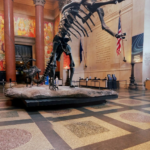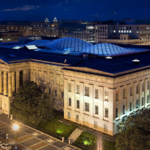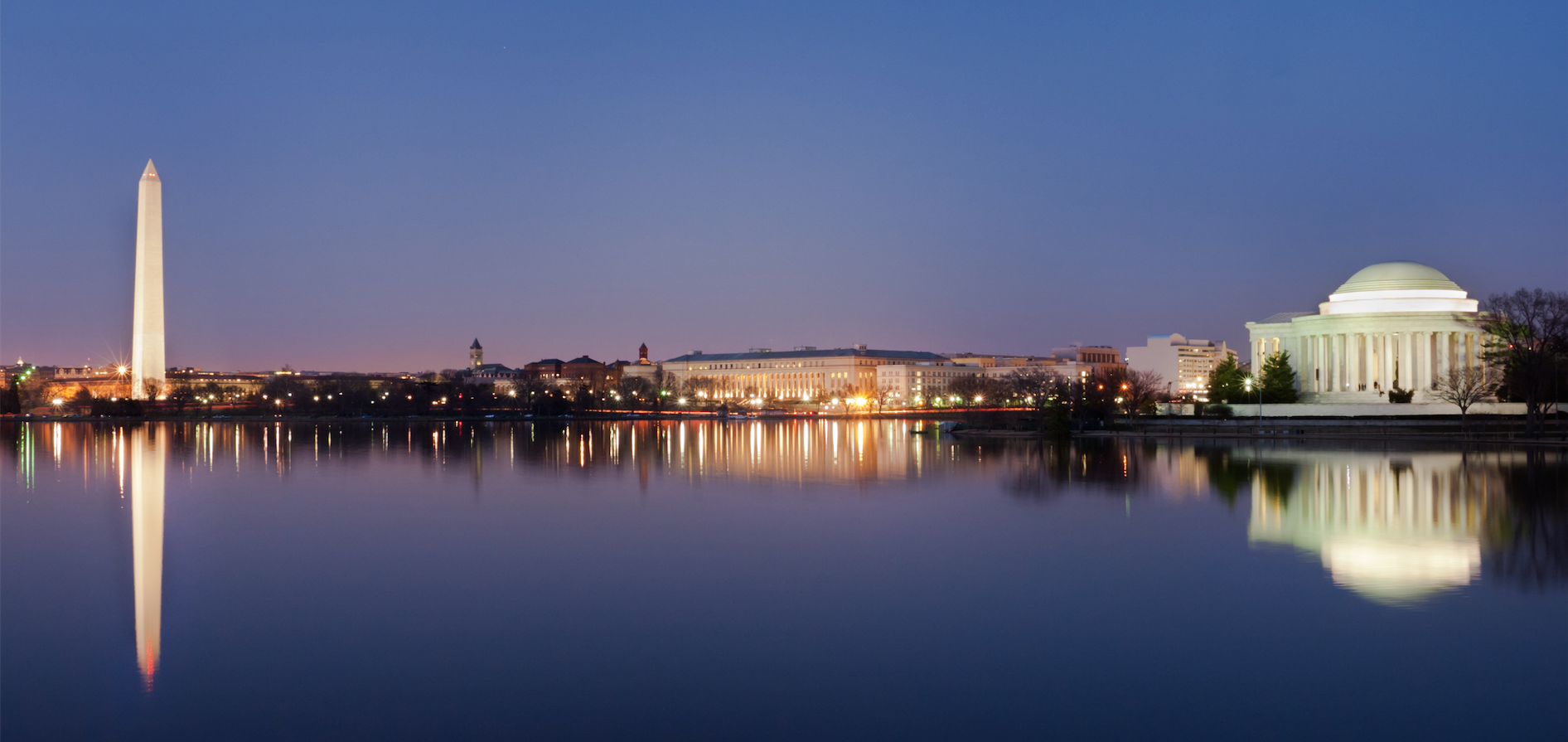

Attractions
Smithsonian American Art Museum
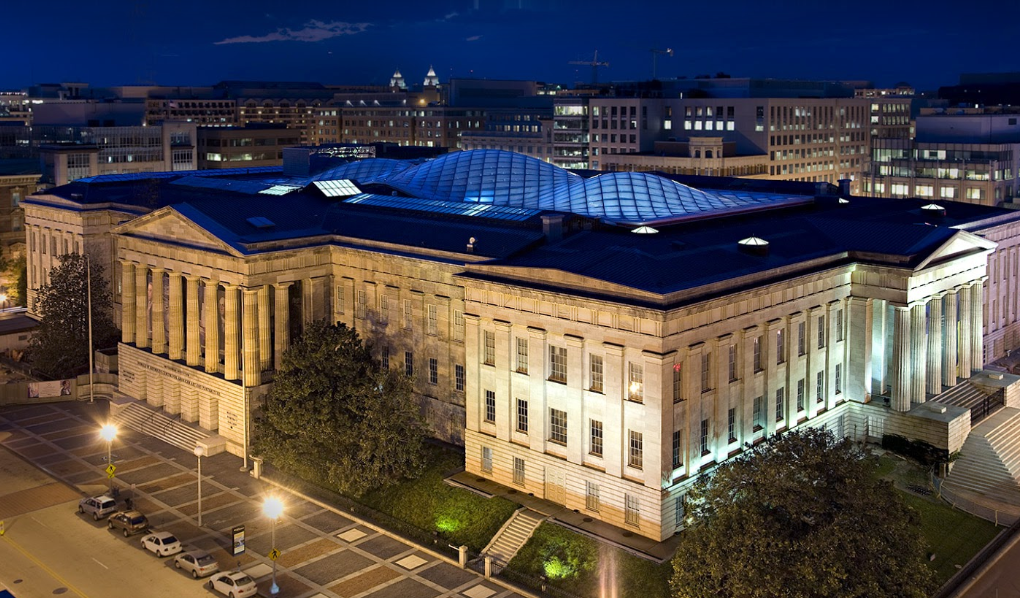
The Smithsonian American Art Museum, the nation’s first collection of American art, is an unparalleled record of the American experience. The collection captures the aspirations, character and imagination of the American people throughout three centuries. The museum is the home to one of the largest and most inclusive collectionsof American art in the world. Its artworks reveal key aspects of America’s rich artistic and cultural history from the colonial period to today. More than 7,000 artists are represented in the collection, including major masters, such as John Singleton Copley, Gilbert Stuart, Winslow Homer, John Singer Sargent, Childe Hassam, Mary Cassatt, Georgia O’Keeffe, Edward Hopper, Jacob Lawrence, Helen Frankenthaler, Christo, David Hockney, Jenny Holzer, Lee Friedlander, Roy Lichtenstein, Nam June Paik, Martin Puryear, and Robert Rauschenberg.
Korean War Veterans Memorial
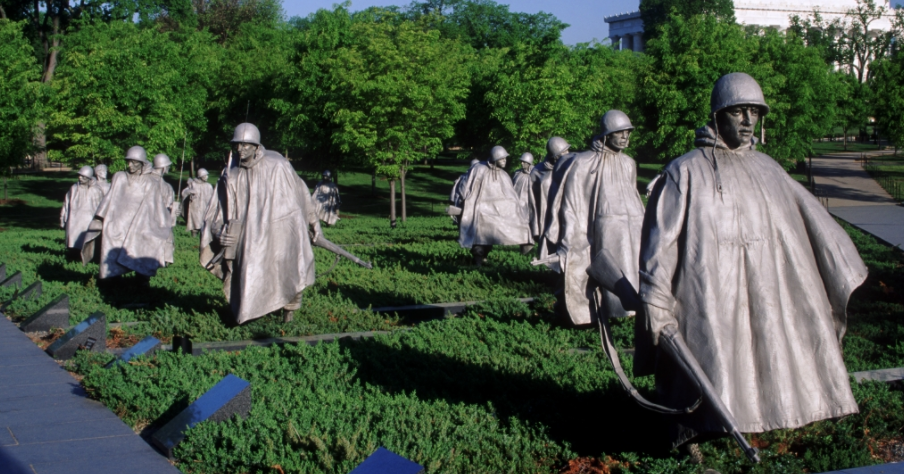
The Korean War Veterans Memorial is located in Washington, D.C.’s West Potomac Park, southeast of the Lincoln Memorial and just south of the Reflecting Pool on the National Mall. It commemorates those who served in the Korean War.
The main memorial is in the form of a triangle intersecting a circle. Walls: 164 feet (50 m) long, 8 inches (200 mm) thick; more than 100 tons of highly polished “Academy Black” granite from California: more than 2,500 photographic, archival images representing the land, sea and air troops who supported those who fought in the war are sandblasted onto the wall. Wikipedia — Read more
United States Holocaust Memorial Museum
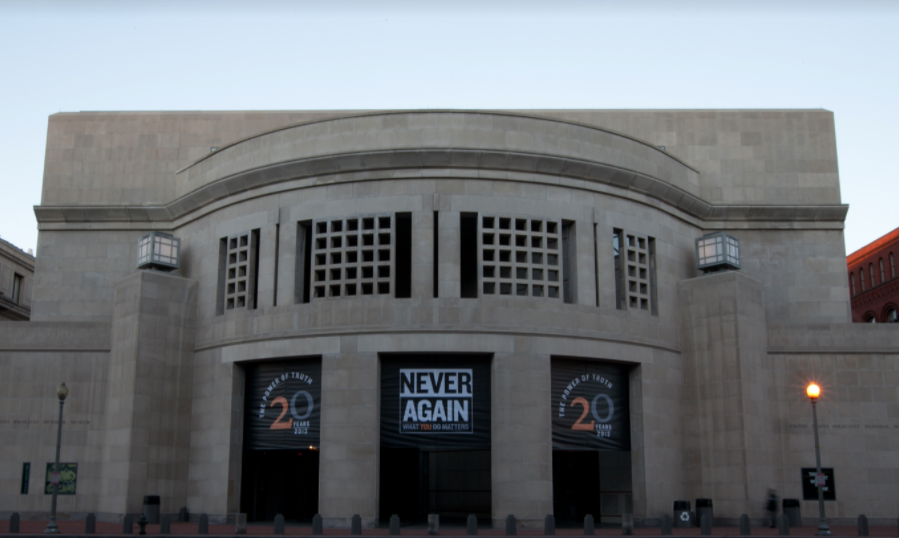
The Holocaust was the systematic, bureaucratic, state-sponsored persecution and murder of approximately six million Jews by the Nazi regime and its collaborators. “Holocaust” is a word of Greek origin meaning “sacrifice by fire.” The Nazis, who came to power in Germany in January 1933, believed that Germans were “racially superior” and that the Jews, deemed “inferior,” were an alien threat to the so-called German racial community.
Supreme Court of the United States
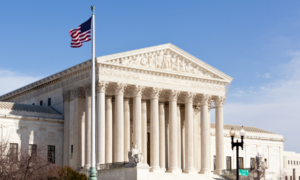
The Supreme Court Building was designed by Cass Gilbert and built from 1931 to 1935. The Court first sat in the building on Monday, October 7, 1935. The building, majestic in size and rich in ornamentation, serves as both home to the Court and the manifest symbol of its importance as a coequal, independent branch of government. Architectural information describing many of the building’s sculptural elements may be obtained from the Visitor Desk on the ground floor.
Although the Supreme Court does not offer guided walking tours, visitors are encouraged to tour the building on their own and take advantage of a variety of educational programs including Courtroom Lectures, a visitors’ film, and court-related exhibitions. Read more
Smithsonian Air and Space Museum
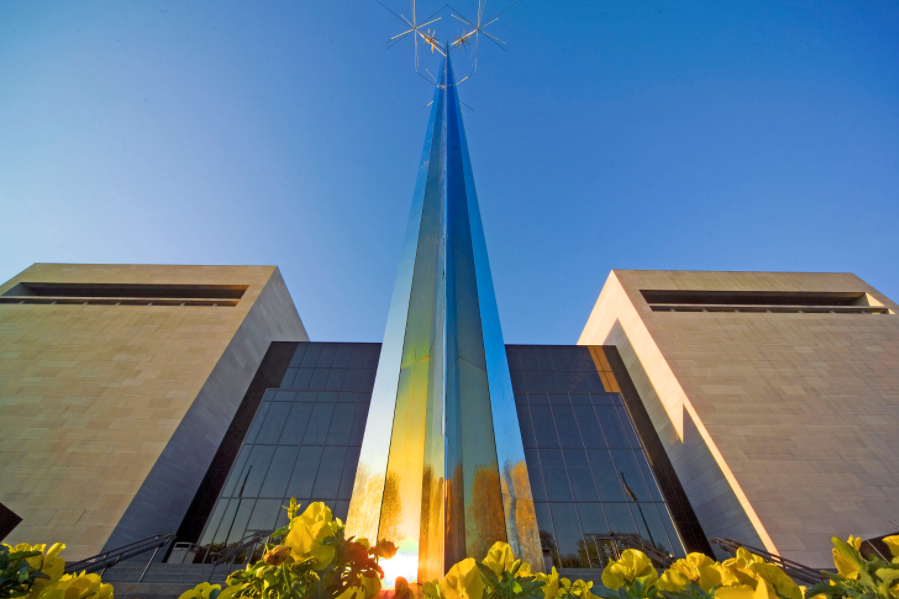
Smithsonian Institution’s National Air and Space Museum
The Smithsonian Institution’s National Air and Space Museum maintains the largest collection of historic air and spacecraft in the world. It is also a vital center for research into the history, science, and technology of aviation and space flight, as well as planetary science and terrestrial geology and geophysics.
The Museum has two display facilities. The National Mall building in Washington, D.C. has hundreds of artifacts on display including the original Wright 1903 Flyer, the Spirit of St. Louis, the Apollo 11 command module, and a lunar rock sample that visitors can touch. The Steven F. Udvar-Hazy Center displays many more artifacts including the Lockheed SR-71 Blackbird, Boeing B-29 SuperfortressEnola Gay and Space Shuttle Discovery. Read more
Corcoran Gallery of Art
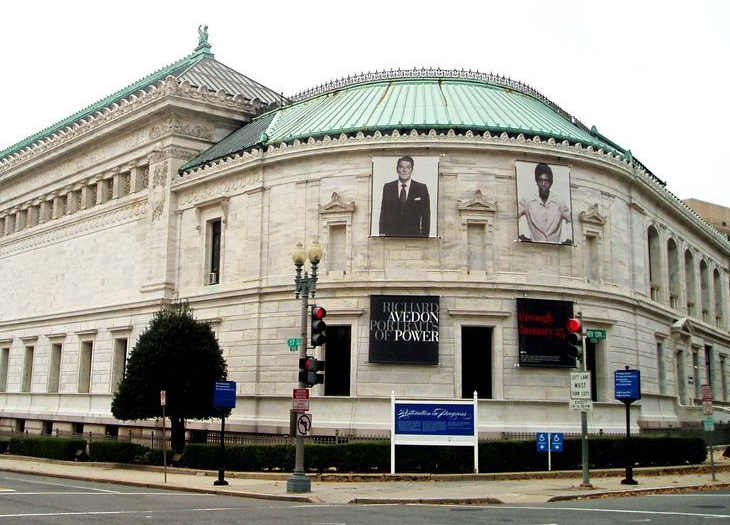
In the words of its founder, the Corcoran is “dedicated to art.” Its museum presents, interprets and preserves the art of our times and of times past; its college of art nurtures and helps shape new generations of artists and designers. Education is a central focus, not just in the Corcoran’s classrooms but in its galleries and throughout the greater Washington region. Though American art is the collection’s emphasis, the art of other nations and cultures is, when appropriate, acquired and exhibited.
The Corcoran is committed to making the historic art in its collections and the emerging art of our time accessible and understandable to the broadest possible audience through innovative exhibitions and educational programming, systematic research and rigorous scholarship. Its many activities emphasize the combined resources of its museum and college, and are directed toward diverse communities with widely differing educational and socio-economic backgrounds. Though proud of its important place in the international world of art history and scholarship, the Corcoran is ever mindful of its special obligation to serve the greater Washington region, especially its artists and its young people. See more
National Building Museum

The National Building Museum is America’s leading cultural institution devoted to the history and impact of the built environment. We do this by telling the stories of architecture, engineering, and design. As one of the most family-friendly, awe-inspiring spots in Washington, D.C., we welcome visitors from around the world to our exhibitions, public programs, and festivals. Located just four blocks from the National Mall, the Museum occupies a magnificent building with a soaring Great Hall, colossal 75-foot-tall Corinthian columns, and a 1,200-foot terra cotta frieze. Read more


